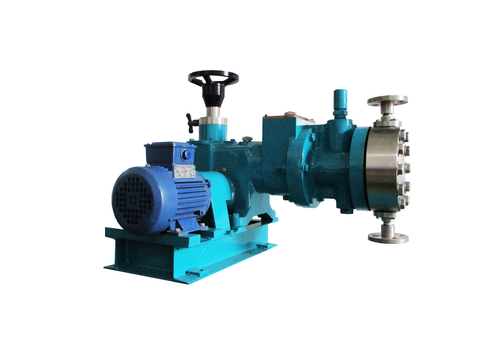A chemical metering pump also known as the dosing pump is designed to inject a known volume of liquid into a process stream. The pump supplies the same amount of liquid with consistency for a given time period. Flow control is very well maintained in this type of pump. It forms an important part of the integrated dosing system. Many industries use this type of system.
Working:
It draws a uniform amount of liquid into the dosing chamber and injects a chemical into the tank containing fluid that is to be dosed. An electric motor forms part of it for operation and a controller that can turn the pump on and off thereby managing flow rate.

- It contains a chemical container tank that has the liquid to be dosed.
- Pumps are available in various sizes.
- An injector is present which can overcome pressure in the pipe and also lets in the chemical.
- It has a foot valve attached to suction.
- It has a dosing line which can be stainless steel or PVC.
- A control system that maintains accurate working.
Types:
- Diaphragm pump that uses a diaphragm, piston, and valves on both the inlet and the outlet. The chamber is filled by drawing the piston in and then a chemical is injected. There are models available with varying dosing rates in diaphragm pumps.
- Diaphragm pump with pulse injection also uses the same mechanism as above. The difference is, here, a solenoid coil injects the chemical in pulses. It is less accurate than the constant injection pump that we saw as the first type.
- Lobe pumps allow a volume of liquid through meshing gear impellors. It is suited for high viscosity fluids.
- Peristaltic pumps are dosing pumps with great accuracy. The tube is flexible and is bent allowing fluid to pass. The flow is controlled by a roller that pushes the product in the tube to the fluid stream.
Recent Comments